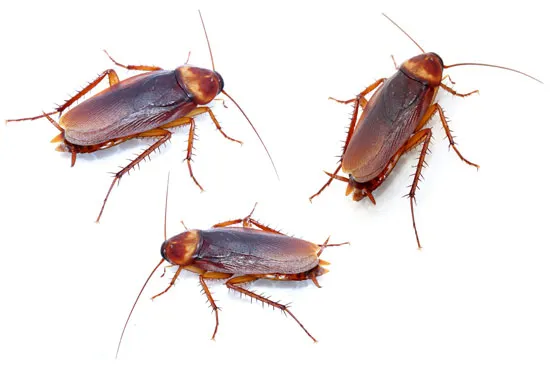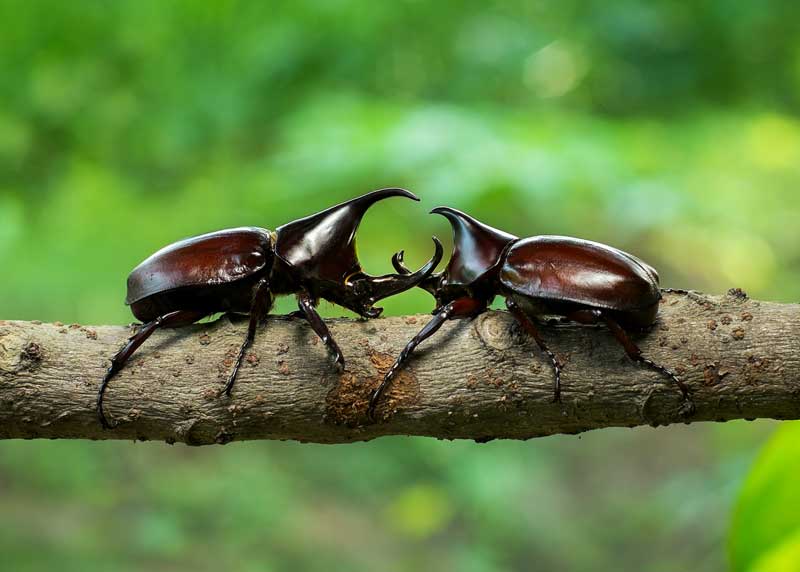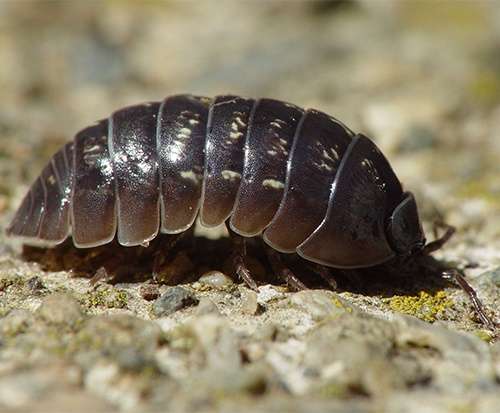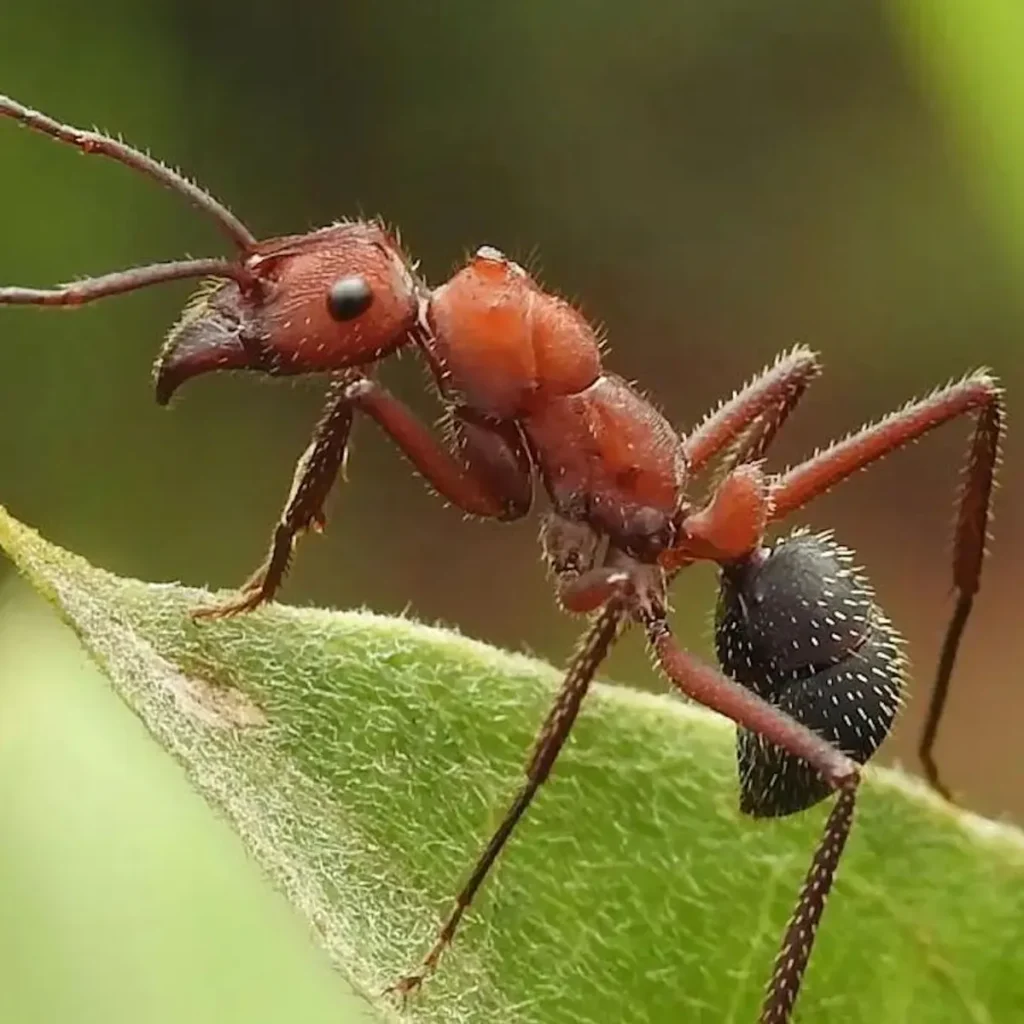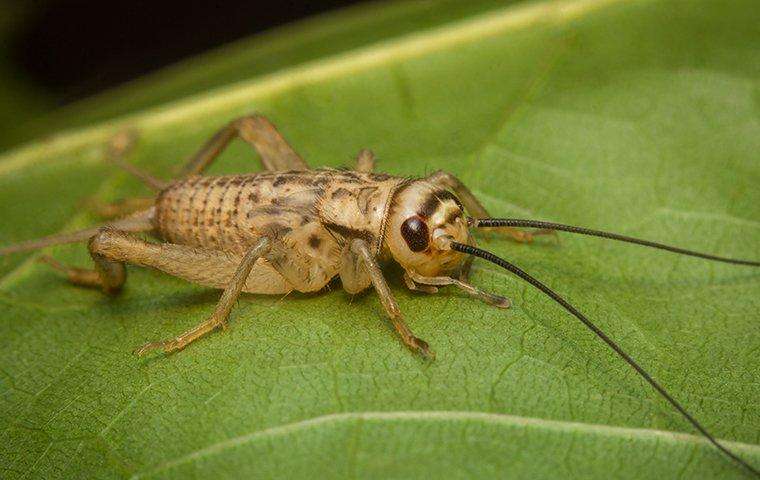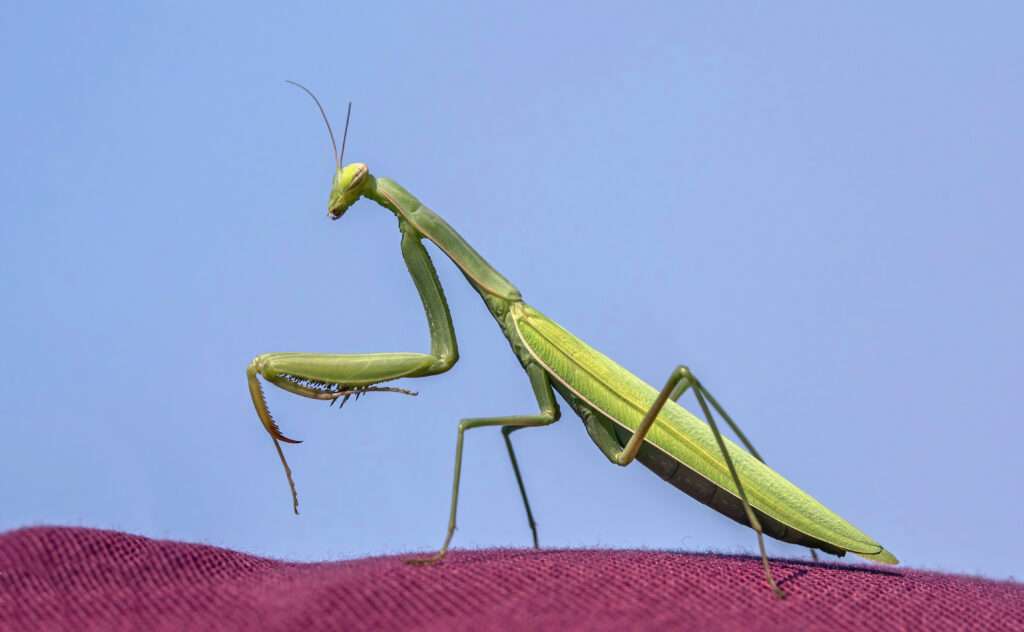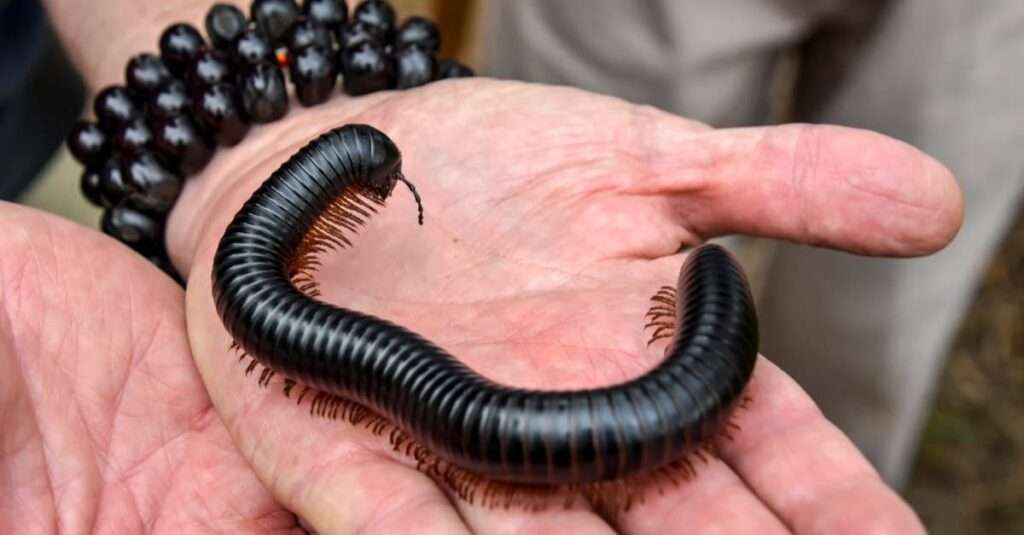Cockroaches
The Blattodea group of insects known as cockroaches (or roaches) includes all of the group’s members with the exception of termites. Cockroaches are a very old species; its “roachoids” ancestors emerged around 320 million years ago, during the Carboniferous epoch. But unlike modern roaches, these primitive relatives lacked the internal ovipositors. Cockroaches, being rather generalist […]


